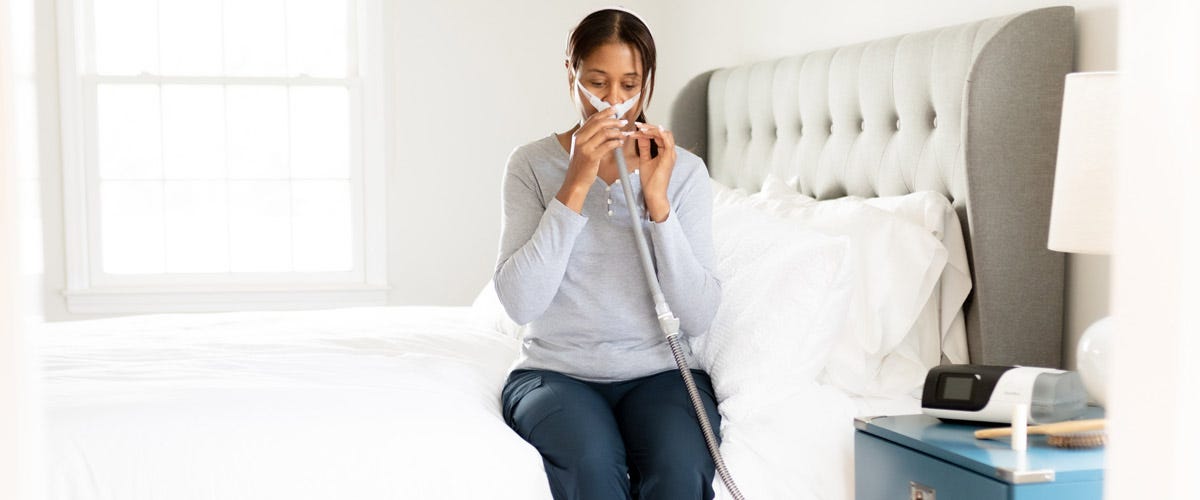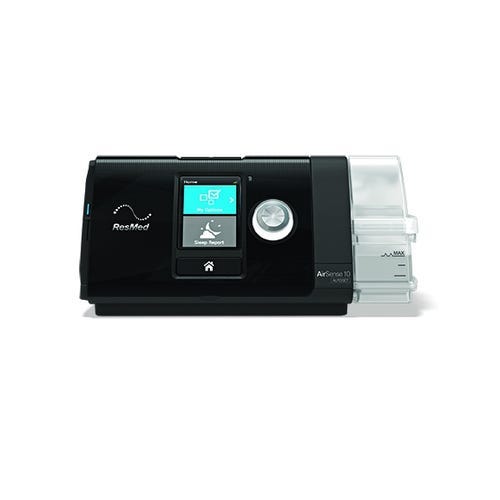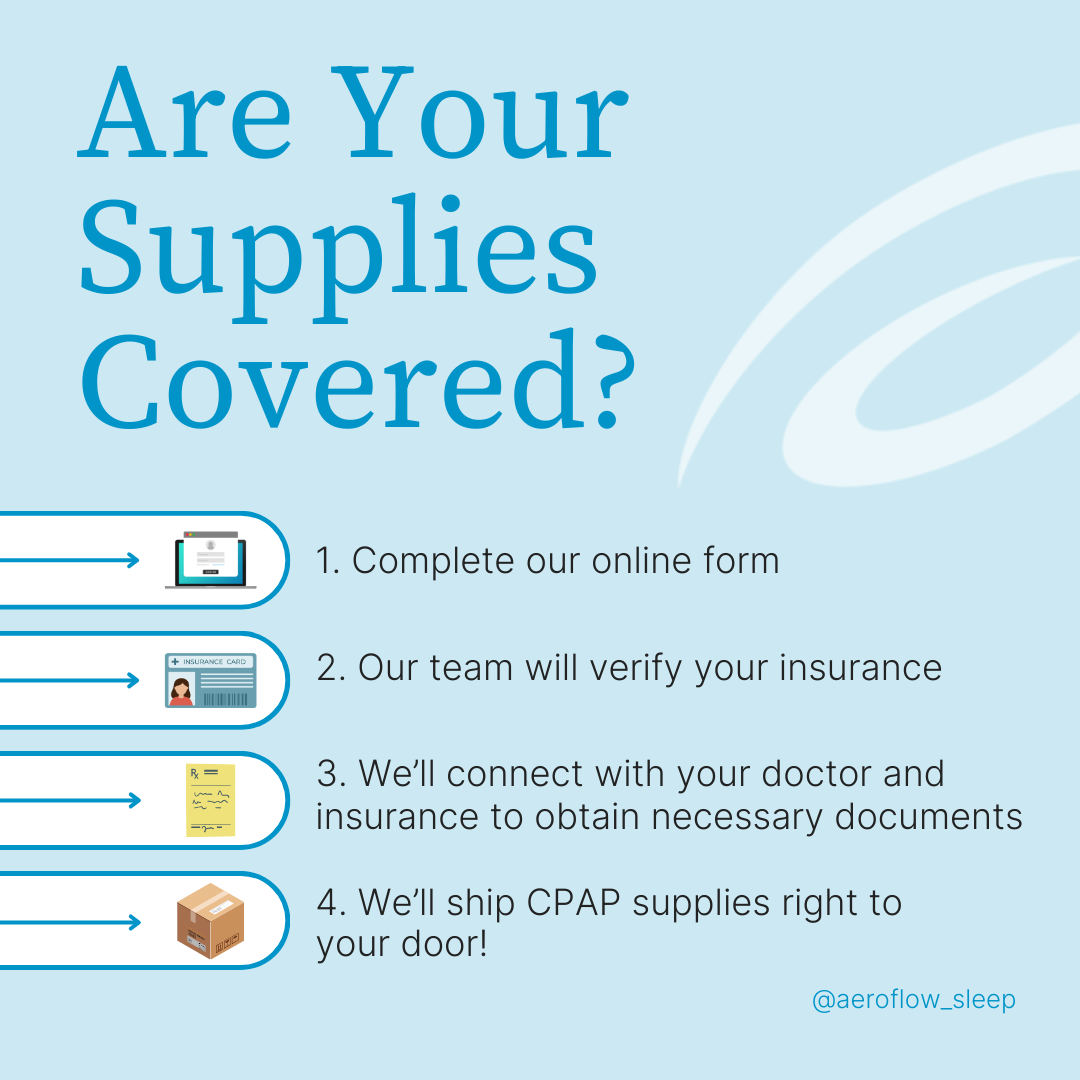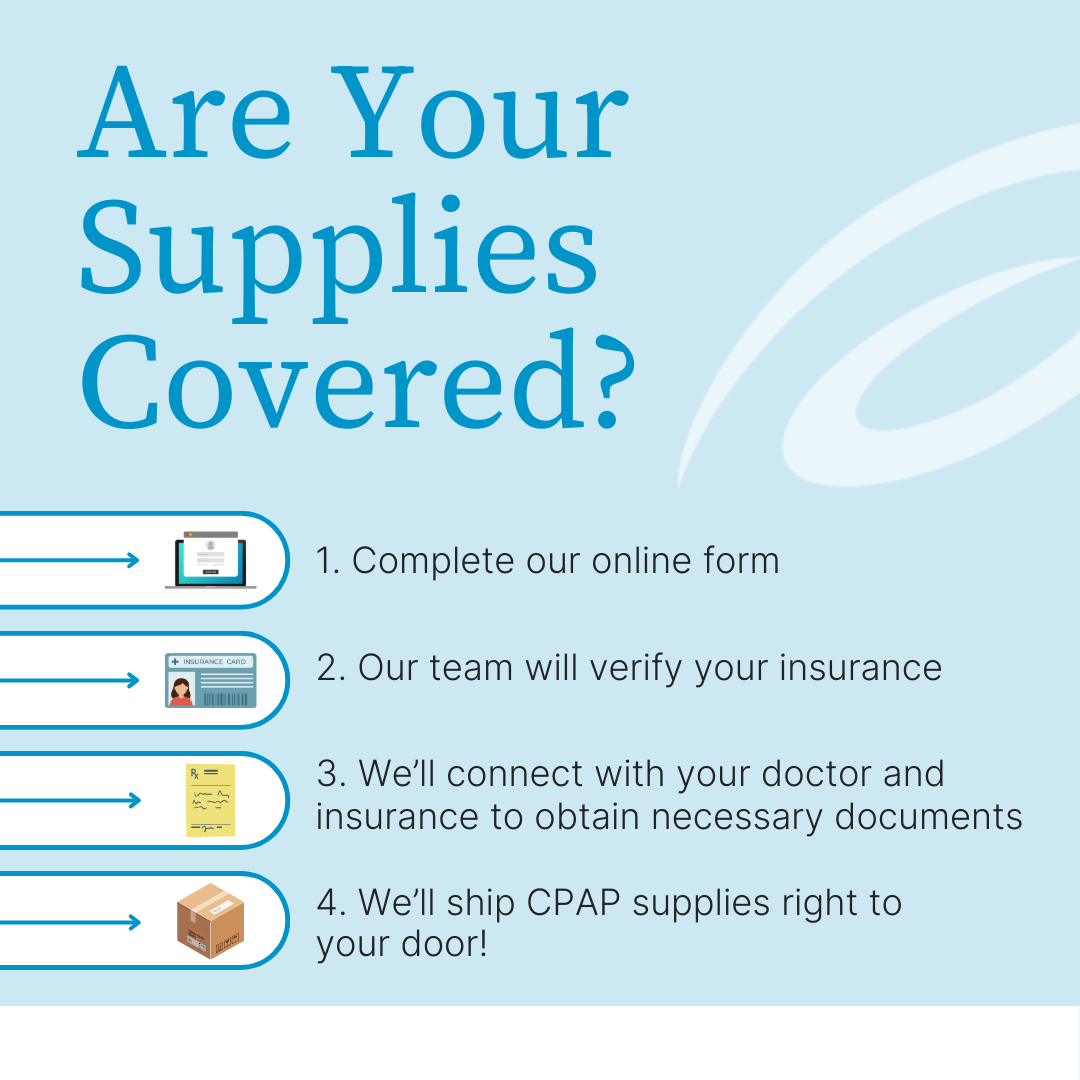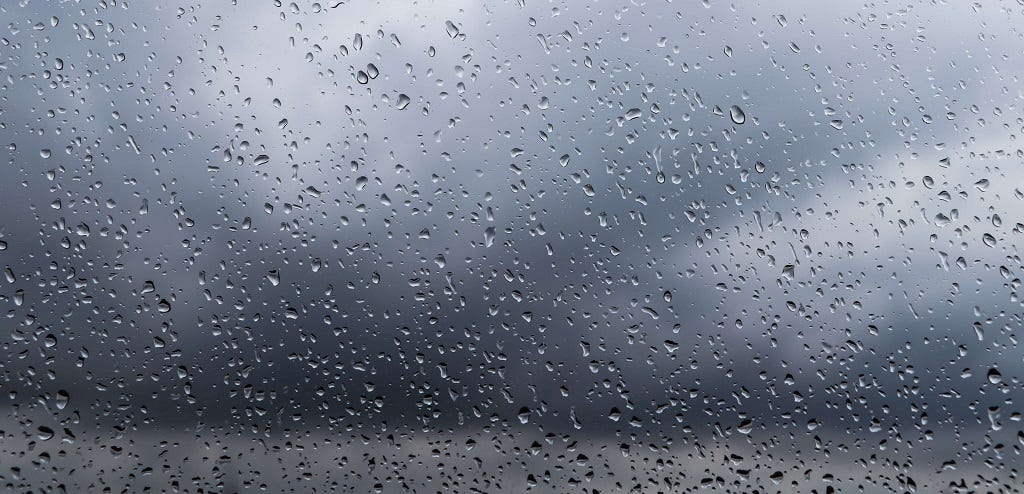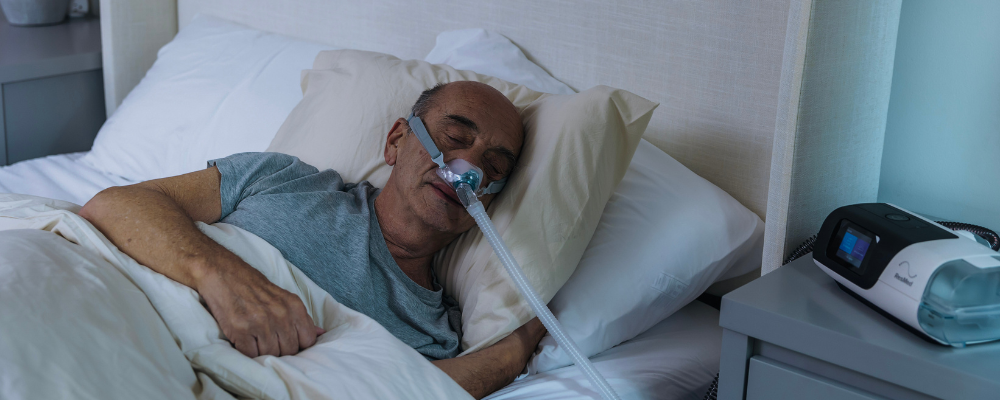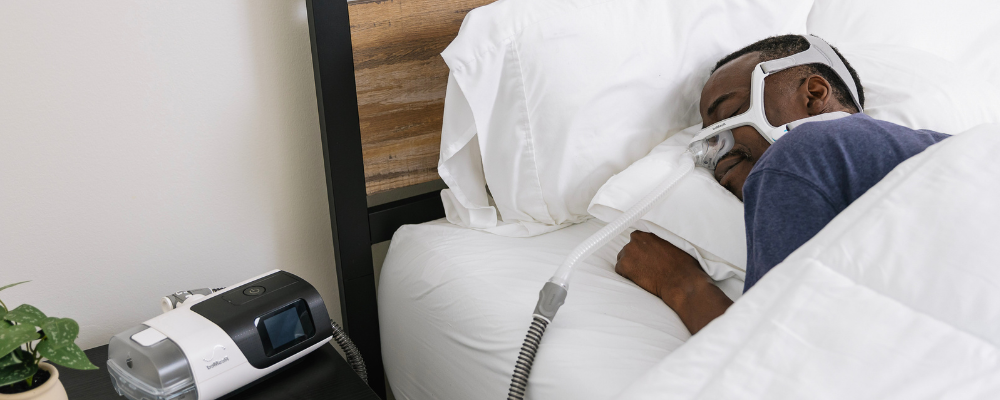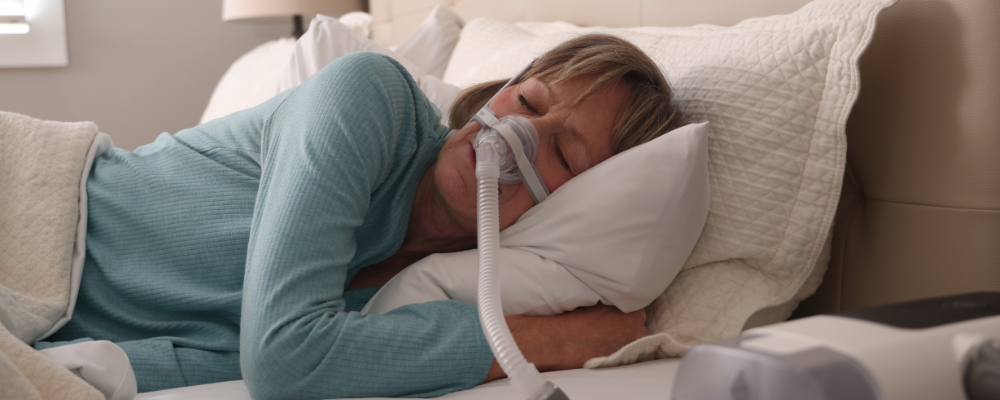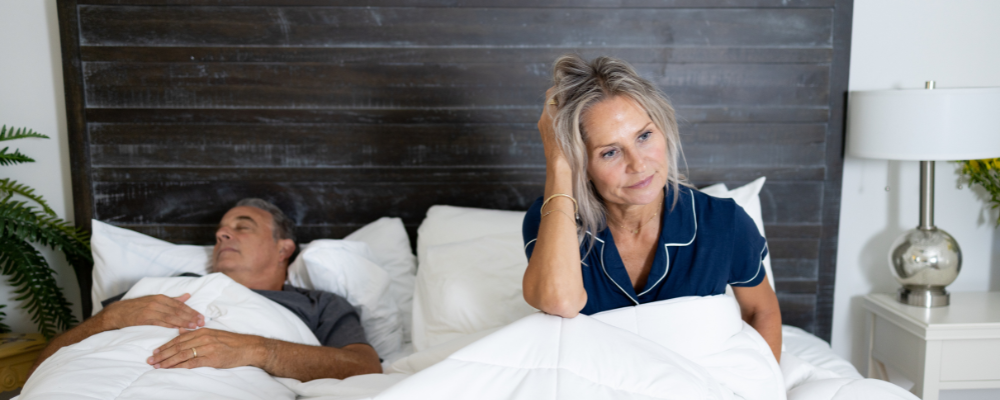Whether you're a new CPAP user or you’re a long time pro, when using CPAP therapy to treat your sleep apnea, it’s critical that your pressure setting is accurate. If you are continuing to experience sleep apnea symptoms or general discomfort, it might be a sign that it’s time to adjust your CPAP pressure settings.
We know that continuous positive airway pressure, or CPAP therapy, is the most effective treatment for obstructive sleep apnea (OSA). Over the course of your CPAP treatment, it’s not uncommon for you to need a pressure adjustment. Keep reading below for 4 frequently asked questions and their answers; including helpful warning signs to look out for and what you should do if you think your pressure needs an adjustment.
What Is The Range Of CPAP Pressure?
When you turn on your CPAP machine, you will most likely see a pressure range somewhere between 4 to 20, depending on your specific machine. This number represents your pressure level setting, which is measured in centimeters of water pressure (or cmH2O).
But what does this metric mean? Centimeters of water pressure measures the amount of pressure that is required to raise a column of water to a height of 1 centimeter. For example, if your CPAP pressure is set to 5 cmH2O, that is enough pressure to push a column of water up to a height of 5 centimeters.
What Is The Best CPAP Pressure Setting?
Your doctor will determine the best CPAP pressure setting for you based on your apnea-hypopnea index (AHI,) which is the amount of times your breathing stops or slows per hour while sleeping. How do you know what your AHI is? Your doctor will need to perform a sleep study, either in-lab or at home.
Ultimately, CPAP pressure levels will vary depending on the CPAP user, and you won’t know what that level is until your sleep study results come back. In addition to your diagnostic sleep study, your doctor may require a CPAP titration sleep study to get more information on the exact pressure level you need.
It’s also important to note that the severity of your sleep apnea is not the only factor your doctor will look at when determining which pressure is right for you. According to the National Library of Medicine, severe sleep apnea does not always guarantee that a high pressure level is needed. Factors that are unique to you—such as the anatomical makeup of your jaw or neck, or whether you regularly experience nasal congestion, or simply your sleeping position—may have an impact on the pressure setting that is right for you.
How Do I Know If My CPAP Pressure Settings Are Wrong?
One way you may know if your pressure setting is set too low or too high is if you are struggling to keep your CPAP mask on throughout the night. If your pressure is set too low, your upper airway will not receive enough air pressure to prevent your breathing from stopping or slowing while sleeping, which can lead to ineffective therapy.
Key Signs Your CPAP Pressure Is Too Low
- You notice continued symptoms of sleep apnea such as snoring, daytime sleepiness, and morning headaches.
- Your CPAP machine reports that your AHI is higher than 5, which may indicate that your pressure is not high enough to effectively keep your airway open while sleeping.
On the other hand, if your pressure is too high, it can cause discomfort and other undesirable side effects.
Key Signs Your CPAP Pressure Is Too High
- You experience symptoms of aerophagia (or excessive amounts of swallowed air;) such as bloating, gas, or belching.
- You notice air leaks while wearing your CPAP mask.
- You wake up with a dry mouth or sore throat, even when using a humidifier.
- You experience difficulty exhaling.
It is important to note that these side effects do not necessarily mean that your pressure is too high. Rather, it may instead mean that you need to try a different mask, machine, or change your comfort settings. Michelle Worley, Registered Nurse and Director of Clinical Operations explains…
“Many times, if you are having trouble tolerating pressure, you can swap to a BiPAP. These are side effects from high pressures, but these are really key signs you may need a different machine, due to your pressure setting. We [your doctor] just need[s] to document why you’re failing CPAP first.”
No matter which way you skew, your pressure may need adjusting from time to time, so it is especially important to pay attention when you notice something is wrong.
How Do I Change My CPAP Pressure?
WAIT! STOP! Don’t change your CPAP pressure on your own! Incorrectly adjusting your pressure could potentially lead to larger problems down the road; such as continued discomfort or ineffective sleep apnea treatment. Therefore, if you think it might be time to try a different pressure setting, it is important that you reach out to your doctor or an Aeroflow Sleep Specialist.
Prior to making any adjustments to your CPAP settings, your healthcare provider may recommend that you receive an updated titration study. Additionally, your doctor may recommend switching to an alternative CPAP device, like a BiPAP or APAP; this is what Michelle Worley, RN was talking about earlier in the blog.
BiPAP (or, bilevel positive airway pressure) delivers a higher pressure when you breathe in than when you breathe out. While CPAP delivers one consistent pressure, a BiPAP varies the air pressure based on when you inhale and exhale. Michelle reiterates, “You may be a good candidate for a BiPAP machine if you feel like the pressure is too high while using CPAP.”
APAP machines (or, auto-adjusting positive airway pressure) will adjust and vary airflow using sensors and algorithms to deliver a pressure setting that is best for you. A popular “auto CPAP” option currently on the market is the ResMed Airsense 10, which Aeroflow Sleep may supply you.
The Bottom Line Is This...
If you are experiencing discomfort with your current pressure level, reach out to your doctor for help! After you have notified your doctor, your dedicated Aeroflow Sleep Specialist can assist you, safely and properly, in making the correct adjustments. If you have concerns or questions, do not hesitate to reach out today.
And, if you’re not yet a member of the Aeroflow Sleep family, sign up below; it takes 5-7 minutes to see if you qualify for CPAP through insurance.
Resources
“Split-Night Polysomnography at the Sleep Disorders Institute.” Richmond University Medical Center, RUMCSI, https://www.rumcsi.org/services/sleep-disorder/split-night-polysomnography/.
Oksenberg, Arie et al. “Does the severity of obstructive sleep apnea predict patients requiring high continuous positive airway pressure?.” The Laryngoscope vol. 116,6 (2006): 951-5. doi:10.1097/01.MLG.0000215833.68519.7B
Summer, Jay, and Abhinav Singh. “CPAP Pressure Settings.” Sleep Foundation, Sleep Doctor Holdings, 6 Nov. 2023, www.sleepfoundation.org/cpap/cpap-pressure-settings.
“What Should My CPAP Pressure Be?” ResMed, ResMed, 1 June 2023, www.resmed.com.au/blog/what-should-my-cpap-pressure-be.
Ikpeze, Tochukwu. “What Is an APAP Machine?” SleepApnea.Org, Sleep Doctor Holdings, 25 Aug. 2023, www.sleepapnea.org/cpap/what-is-an-apap-machine/.


